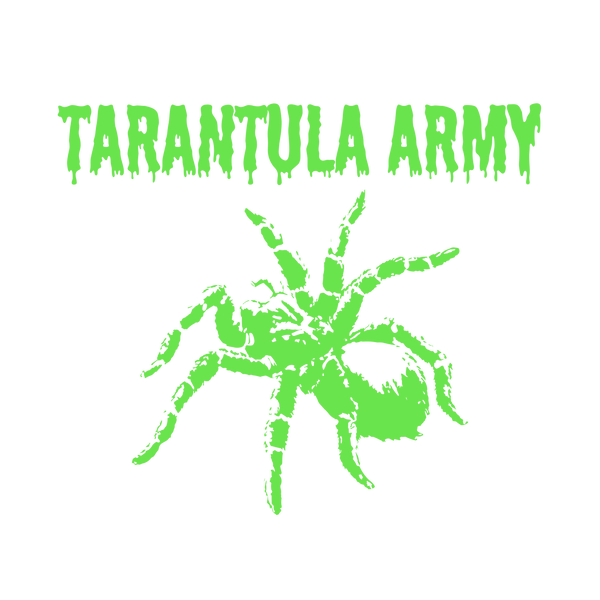
Is a Bald Patch on Your Tarantula a Sign of Stress or Something Else?
If you're new to tarantula keeping, spotting a bald patch on your spider’s abdomen, especially one that starts to darken, can raise alarm bells. Some people will tell you it’s a sign of stress. But in most cases, they’re wrong.
So, let me break it down clearly:
A dark bald patch on a tarantula’s abdomen is usually a natural part of the molting process, not a sign your pet is stressed.
What Causes the Bald Spot?
Most New World tarantulas (like Brachypelma, Grammostola, or Aphonopelma species) have urticating hairs, tiny, barbed hairs they kick off as a defense mechanism.
These hairs come from the abdomen. Repeated flicking, even just from minor disturbances, can cause a bald spot. It doesn’t hurt them, and it’s totally normal. Once the patch is exposed, you might start seeing a color change.
What Does the Dark Patch Mean?
When the bald spot turns dark, ranging from yellow-white to slate-grey to nearly black, it’s a strong sign the tarantula is preparing to molt. This is called a pre-molt phase.
Inside their exoskeleton, a new one is forming. The darkening you see is that new skin becoming visible as the outer layer thins. Amazing stuff!
Common signs of pre-molt include:
-
Refusing food
-
Sluggish or hiding behavior
-
Sealing off their burrow or hide
-
Lying in a strange position (even on their back before the molt)
The darker the spot, the closer they are to shedding. So if your tarantula’s got a bald, black patch on its bum and has gone off food, congrats, you’re likely about to witness a molt.
When Is a Bald Patch a Problem?
There are rare cases where a bald patch could reflect stress—but only if it comes with other symptoms.
Signs of a stressed tarantula include:
-
Constant pacing or trying to climb glass
-
Staying out in the open all the time and not really moving
-
Flicking hairs constantly, even at nothing
-
Curled or tucked legs (dehydration or illness)
-
Lethargy outside of pre-molt
In these cases, you should review your setup:
-
Is humidity and temperature correct?
-
Is there a proper hide?
-
Is the enclosure too large or barren?
-
Are you handling them too often?
But again, a dark bald spot by itself is almost never a red flag.
Final Word
If your tarantula has a bald, dark abdomen, don’t panic—it’s likely just prepping for a molt. This is part of their natural cycle and usually means you’re doing things right. Make sure they’re left alone, humidity’s stable, and enjoy the fascinating process when it happens.
